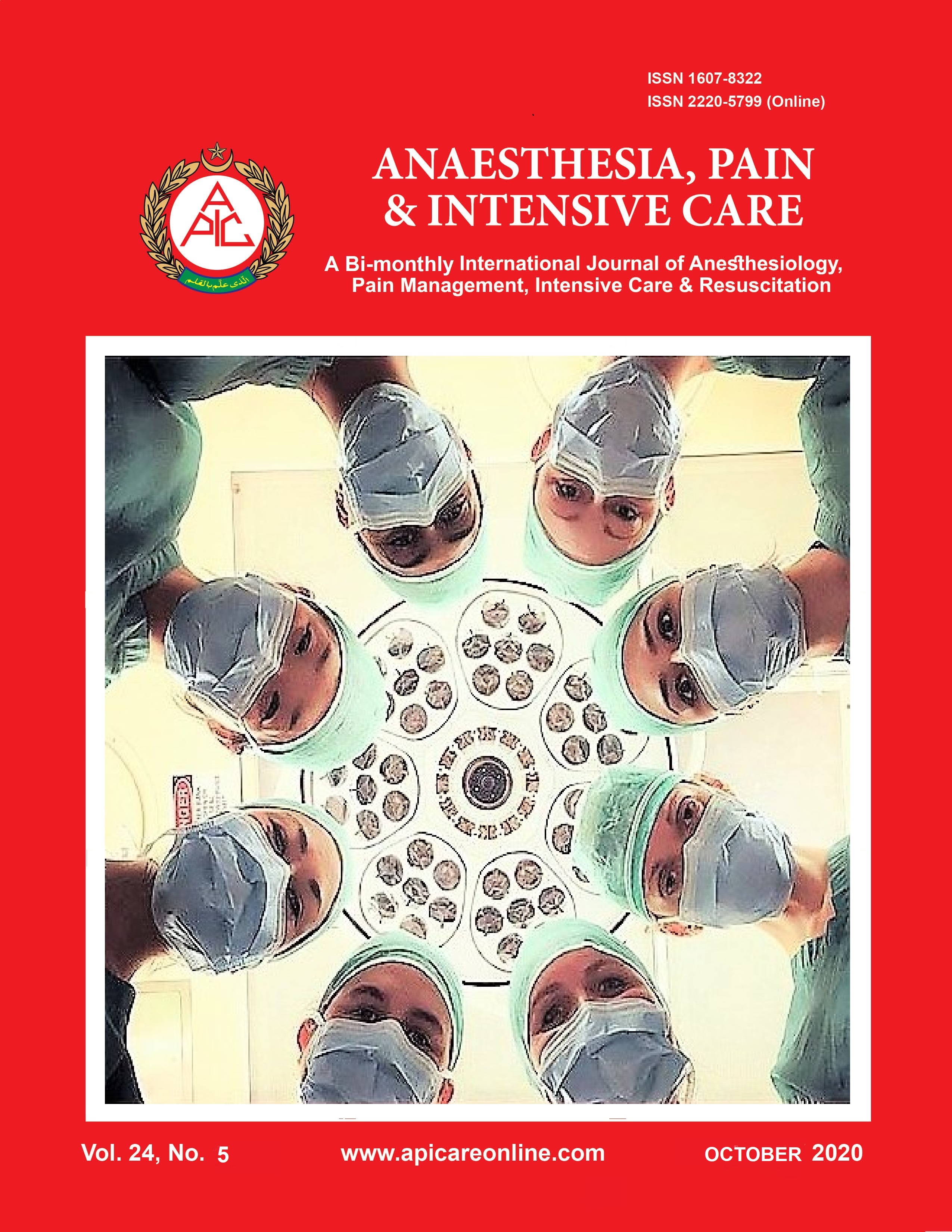Anesthetic management of cesarean section of a wheelchair bound parturient with myelomeningocele
Abstract
Neural tube defects (NTD) affect 1-2 in 1000 pregnancies over the world. The most frequent spinal dysraphisms are meningocele and myelomeningocele while the spina bifida occulta, tethered cord, lipomyelomeningocele, split cord malformations, neuroenteric cyst, and several other conditions occur less frequently. Open spinal dysraphisms (meningocele and myelomeningocele) are compatible with postnatal survival, but they can result in severe neurologic impairment as inability to ambulate, urinary incontinence, hydrocephalus, scoliosis, and gastrointestinal (GI) disorders. Closed spinal dysraphisms (spina bifida occulta, tethered cord, lipomyelomeningocele, split cord malformations, neuroenteric cyst) are often less severe and sometimes asymptomatic but may result in severe neurologic impairment secondary to spinal cord tethering. Modern health care facilities has resulted in a significant decrease in the mortality rate in patients with SB2 along with improved survival rate up to 80%. Due to the neurologic complexity and severity of these conditions, it is paramount to understand the challenges and offer the best anesthetic approach for these patients. To the best of our knowledge, this is the first case of SB going under caesarean delivery in our hospital. We wish to highlight our experience of perioperative management of this patient.
Key words: Spina bifida, anesthetic management
Citation: Lal S, Aisa T, Akram U, Sher A, Memon Z, Moriarty RM. Anesthetic management of cesarean section of a wheelchair bound parturient with myelomeningocele. Anaesth. pain intensive care 2020;24(5):
Received: 13 June 2020, Reviewed: 24 June 2020, Revised: 18 July 2020, Accepted: 8 August 2020














